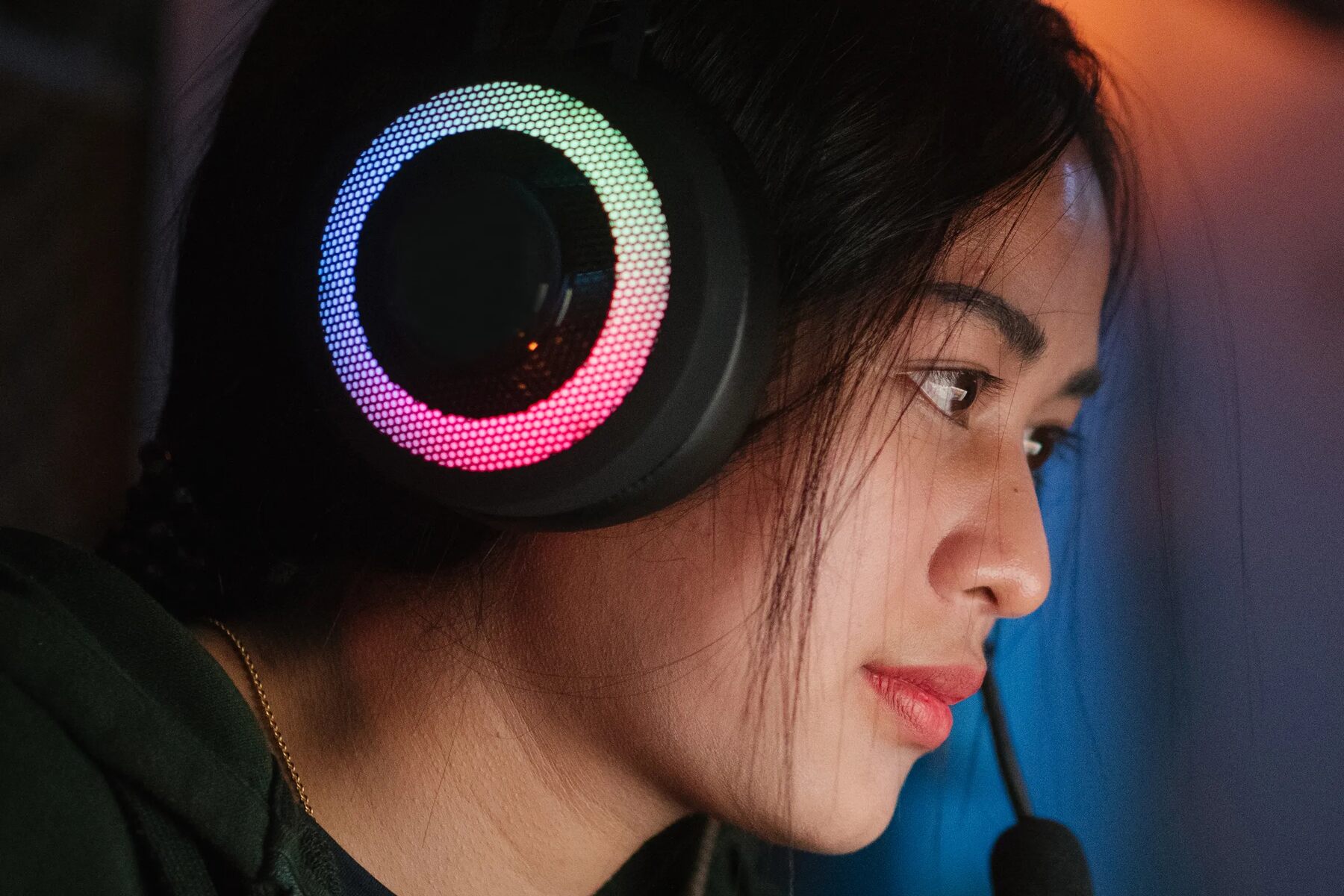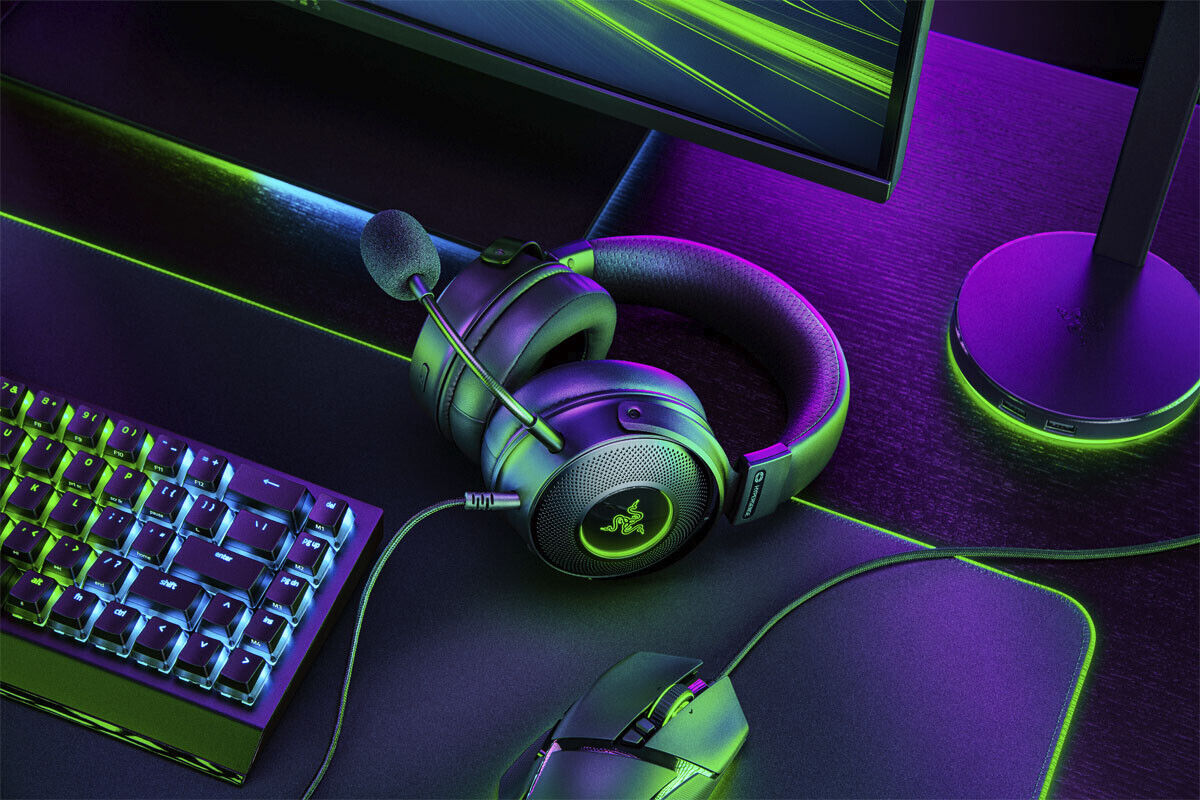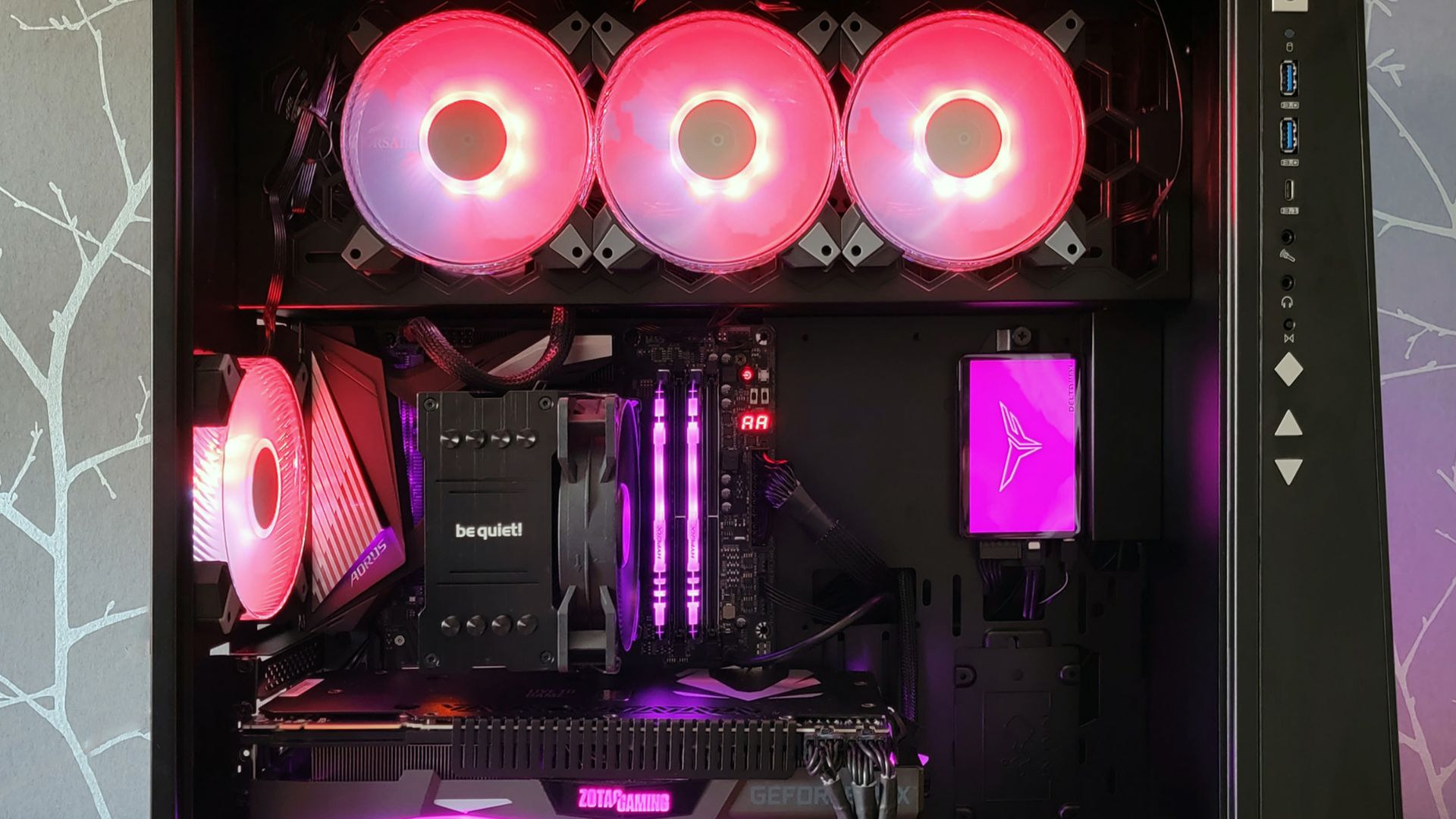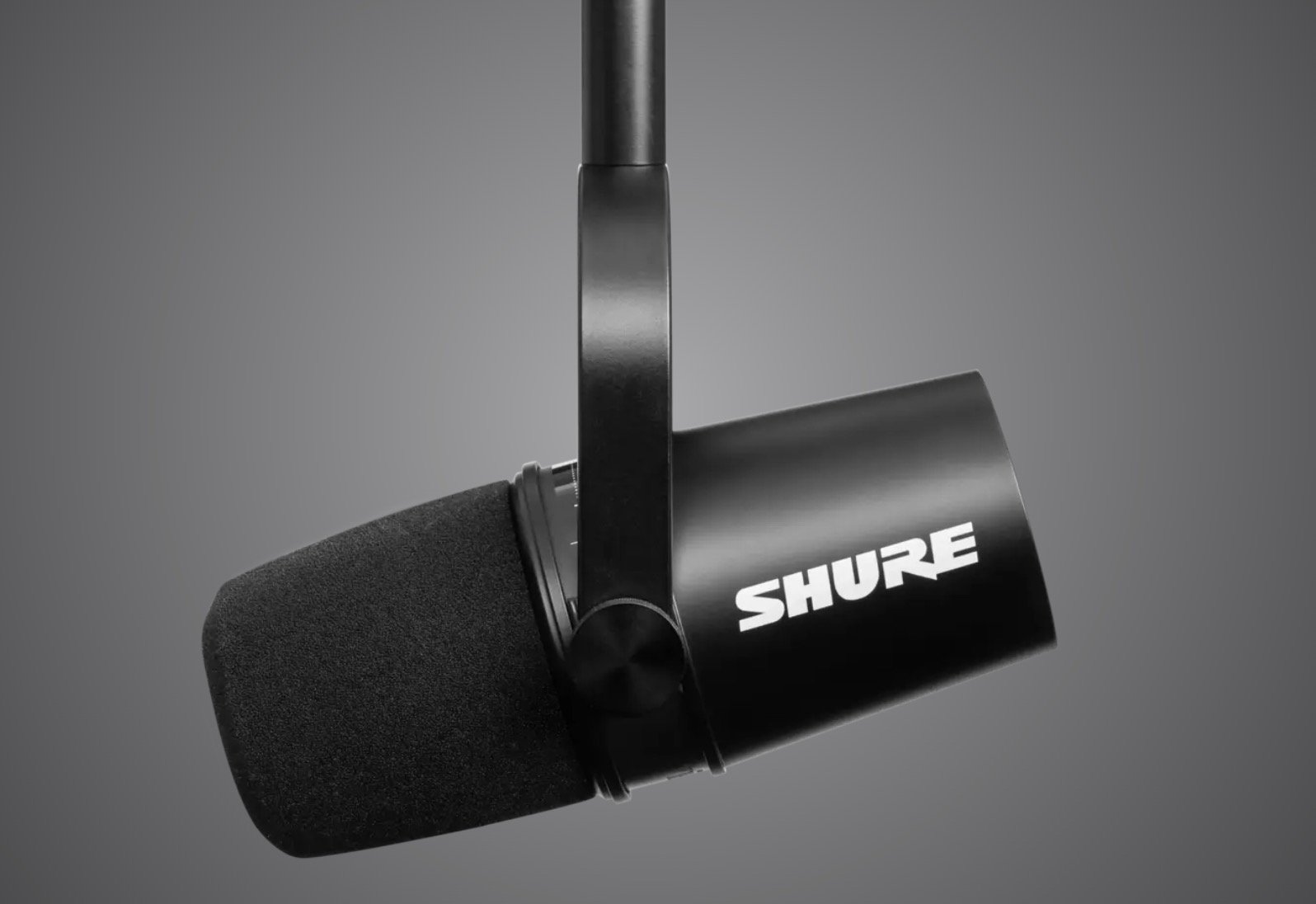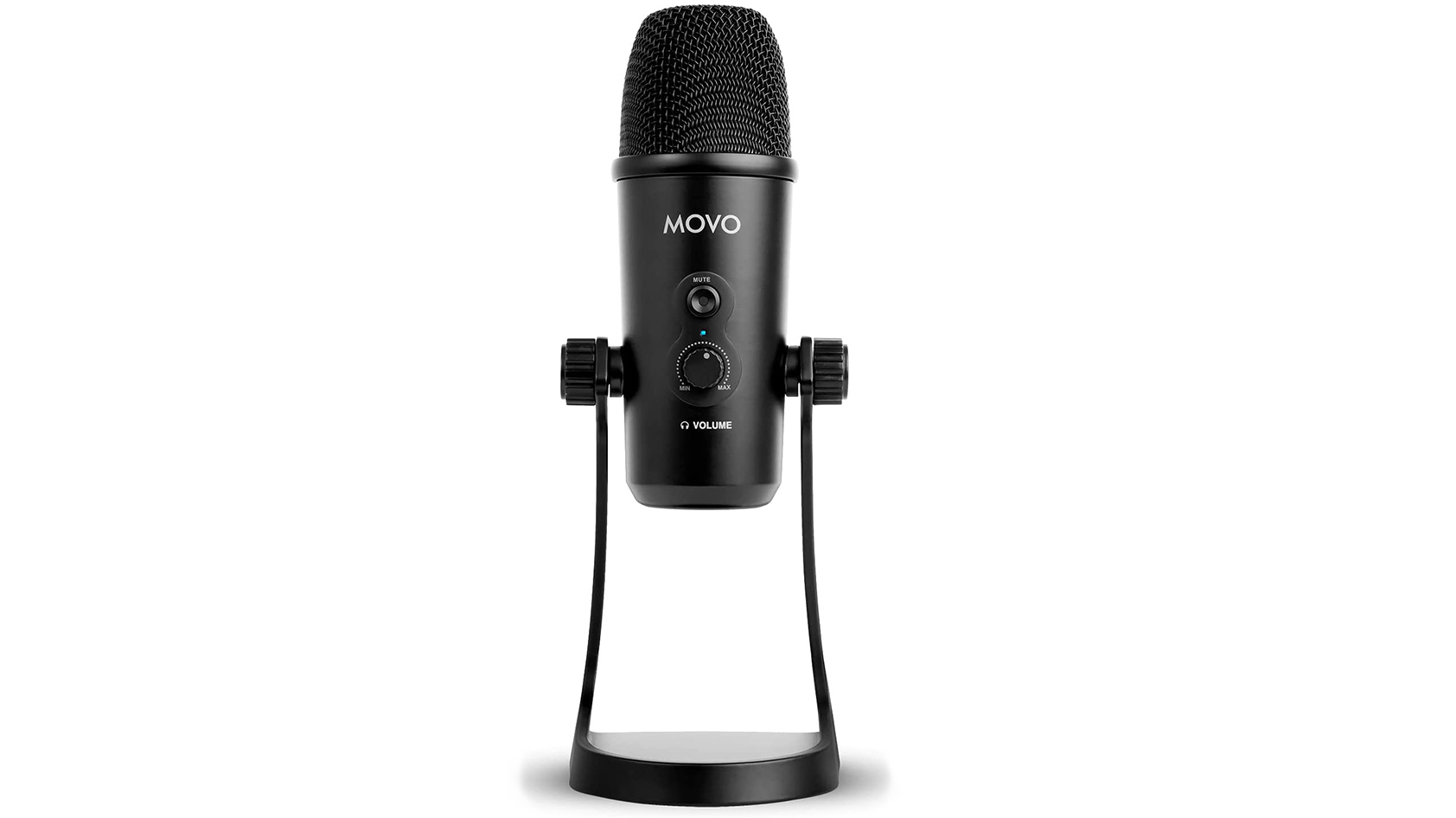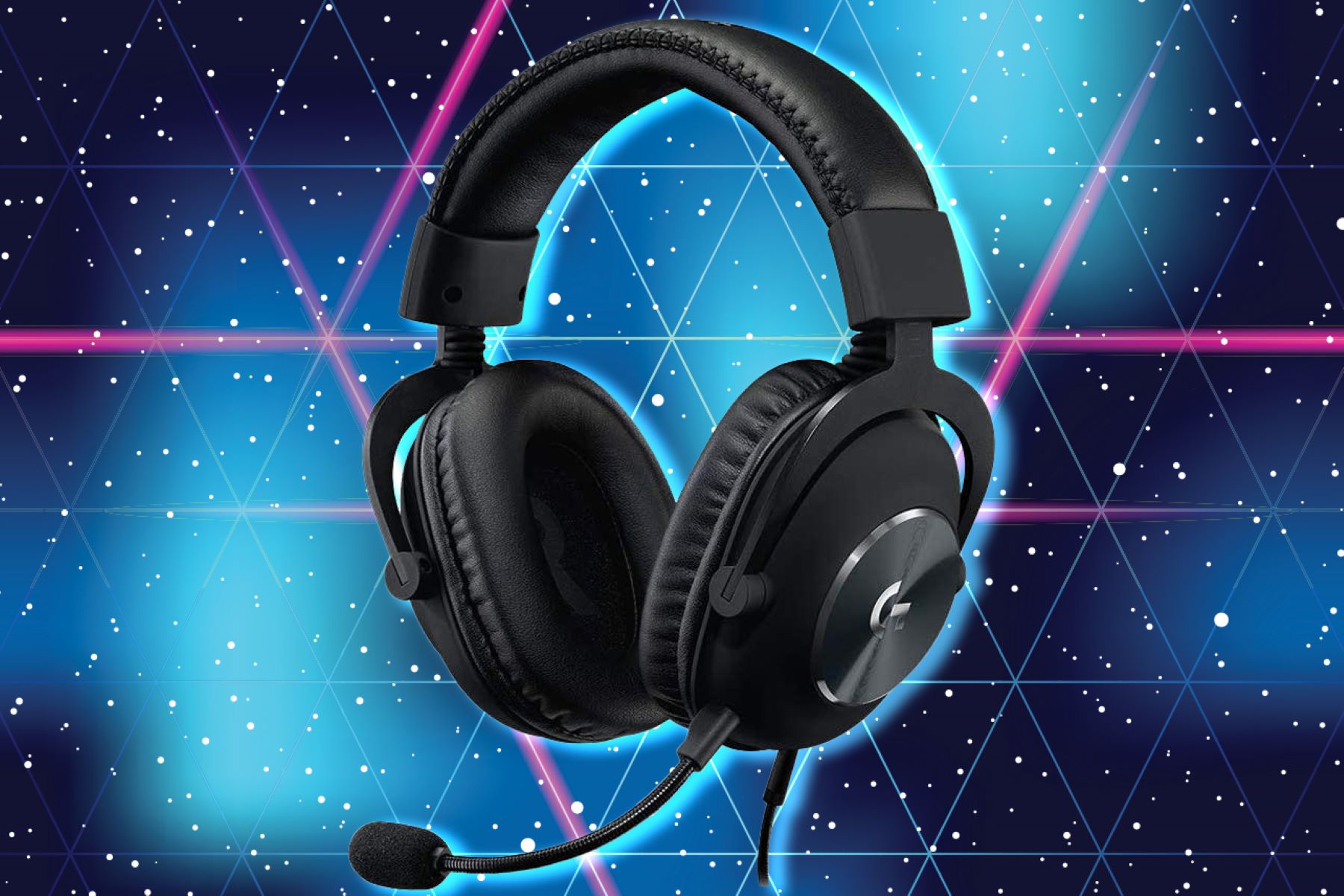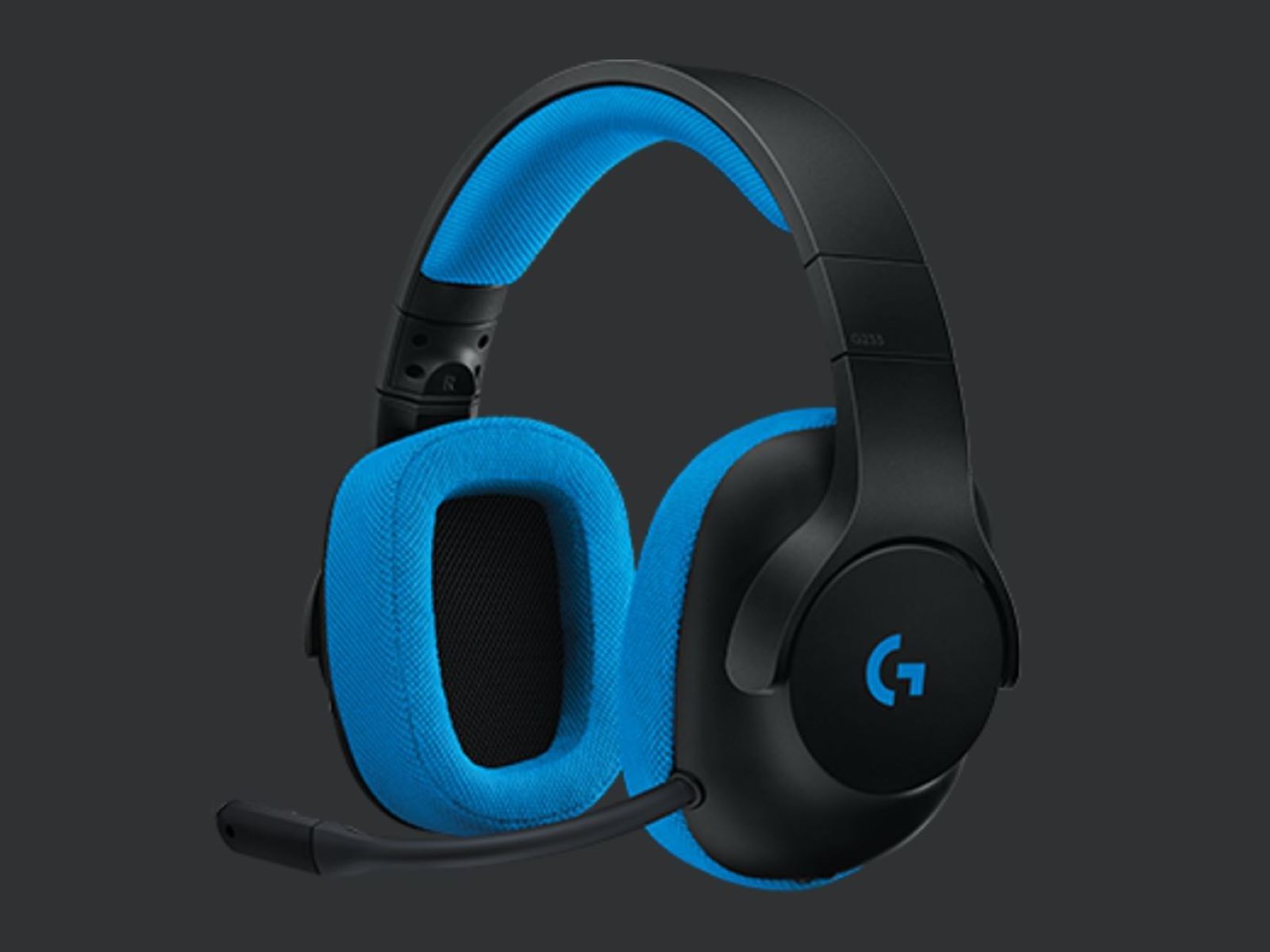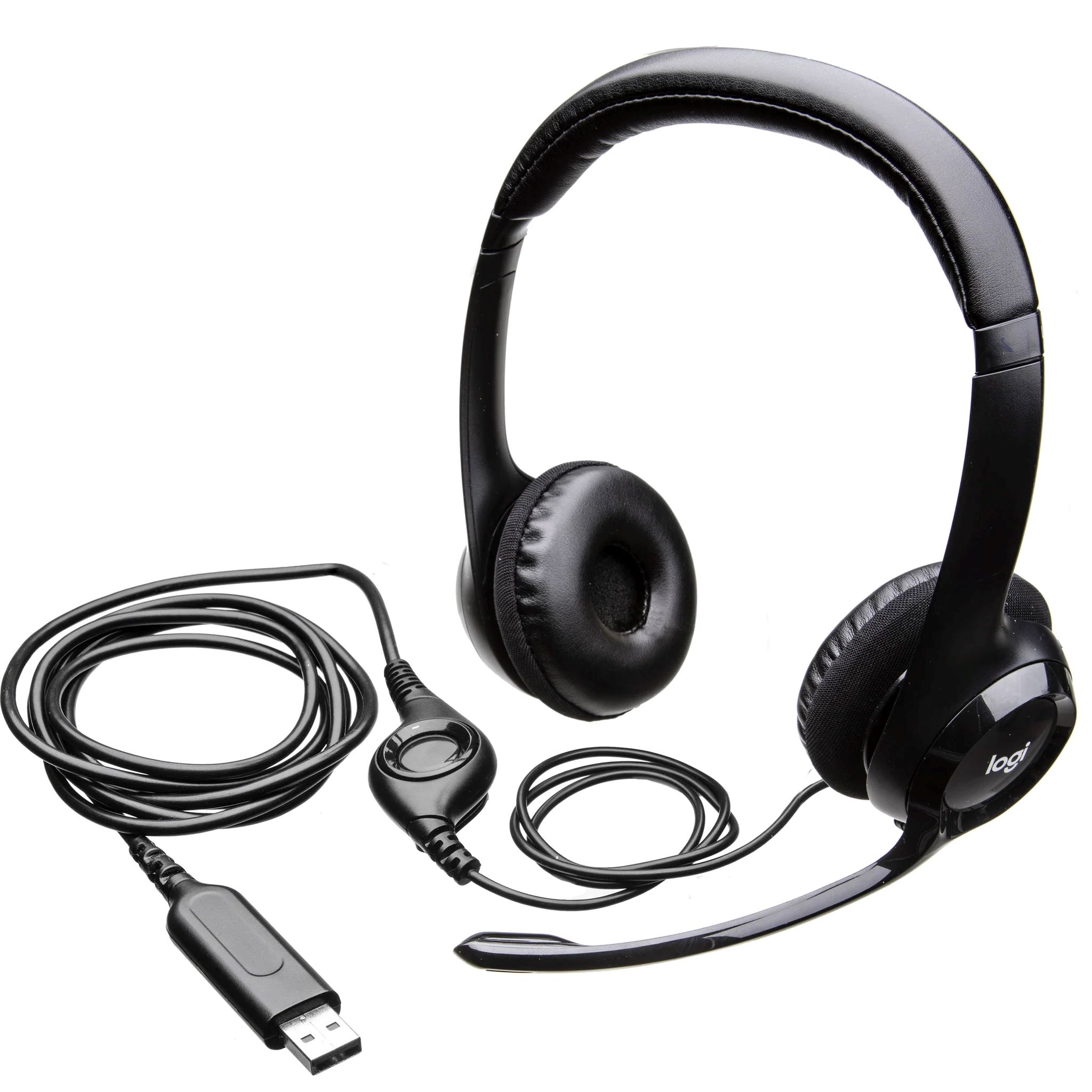Introduction
Welcome to the world of gaming laptops—a dynamic and immersive gaming experience at your fingertips. While gaming laptops offer impressive graphics and computing power, it’s essential to ensure that your audio setup matches the quality of the visuals. One crucial component of your gaming audio setup is the microphone. With a microphone, you can communicate with your teammates, coordinate strategies, and engage in lively banter with fellow gamers.
In this guide, we’ll explore everything you need to know about using your microphone on a gaming laptop. From setting up your microphone to configuring its settings both in Windows and in-game, we’ve got you covered. We’ll also address common microphone issues you may encounter and provide troubleshooting tips to help you get your microphone functioning flawlessly.
Whether you’re a seasoned gamer or just starting, having a working microphone can greatly enhance your gaming experience. It allows you to collaborate and communicate effectively in multiplayer games, making for better teamwork and coordination. Additionally, joining voice chats and streaming your gameplay become much more enjoyable and engaging with a high-quality microphone. So, without further ado, let’s dive into the world of gaming laptop microphones and unlock the full potential of your gaming experience.
Setting Up Your Microphone
Before you can start using your microphone on your gaming laptop, you’ll need to ensure that it’s properly set up. Here are the steps to get your microphone ready for action:
- Plug in your microphone: Connect your microphone to the appropriate port on your gaming laptop. Most gaming laptops have a dedicated microphone jack or a combo jack that can accommodate both microphone and headphone connections.
- Check microphone compatibility: Ensure that your microphone is compatible with your gaming laptop. Some microphones may require additional drivers or software to function correctly. Check the manufacturer’s website for any specific driver downloads or installation instructions.
- Adjust microphone settings: Open your laptop’s sound settings by right-clicking on the speaker icon in the taskbar and selecting “Sounds” or “Playback devices.” Then, navigate to the “Recording” tab and select your microphone. Click on “Properties” to access additional settings such as volume levels, enhancements, and noise cancellation.
- Test your microphone: Once you’ve adjusted the settings, it’s time to test your microphone. Open the “Sound Recorder” app (or any other audio recording app of your choice) on your gaming laptop and speak into the microphone. Check if the sound is clear and at an appropriate volume.
Setting up your microphone correctly is crucial to ensure optimal performance. Take your time in adjusting the settings until you’re satisfied with the audio quality. Once your microphone is set up, let’s move on to configuring its settings in Windows.
Configuring Microphone Settings in Windows
Windows provides a range of configuration options for your microphone, allowing you to personalize and optimize its performance. Follow these steps to configure your microphone settings in Windows:
- Access sound settings: Right-click on the speaker icon in the taskbar and select “Sounds” or “Playback devices.” In the “Recording” tab, you’ll see a list of available recording devices, including your microphone.
- Set as default: If your microphone isn’t already set as the default device, right-click on it and select “Set as Default Device.” This ensures that your gaming laptop recognizes your microphone as the primary audio input device.
- Adjust microphone volume: Select your microphone and click on “Properties.” In the “Levels” tab, you can adjust the microphone volume. It’s recommended to set it to an optimal level – loud enough for clear communication but not so loud that it distorts the audio.
- Enable enhancements: In the “Enhancements” tab, you’ll find various options to enhance the audio quality. Enable features such as noise cancellation or echo reduction to minimize unwanted background noise and improve overall clarity.
- Configure advanced settings: For more advanced settings, click on the “Advanced” tab. Here, you can change the format of the audio recording, adjust the microphone’s exclusive mode, and more. Experiment with these settings to find the best configuration for your microphone.
Once you’ve configured your microphone settings in Windows, it’s crucial to also adjust the microphone settings within your game to ensure seamless communication with other players. Let’s explore how to configure microphone settings in-game.
Configuring Microphone Settings in Game
Configuring your microphone settings within the game you’re playing is essential for clear and effective communication with other players. Each game may have different options and settings for the microphone, but here are some common steps to configure your microphone settings in-game:
- Open the game settings: Navigate to the settings or options menu within the game. Look for the audio or sound section.
- Enable voice chat: Check if the game has a voice chat feature and make sure it is enabled. This allows you to communicate with other players using your microphone.
- Select the correct microphone: If the game provides options for selecting input devices, choose the microphone you have connected to your gaming laptop.
- Adjust microphone volume: Many games allow you to adjust the microphone volume within their settings. Ensure that the volume is set to an appropriate level, making sure your voice is audible without being too loud.
- Test your microphone: Some games offer a microphone testing feature. Take advantage of this to ensure that your microphone is working correctly and that other players can hear you clearly.
- Set push-to-talk or voice activation: Depending on the game, you may have the option to use push-to-talk or voice activation for your microphone. Push-to-talk requires you to press a specific key to activate your microphone, while voice activation automatically turns on your microphone when it detects sound. Choose the option that suits your preference and play style.
Configuring your microphone settings in-game may require some trial and error to find the perfect balance between voice clarity and game audio. Take your time to adjust the settings until you achieve the optimal audio experience.
With your microphone settings configured, you should now be ready to delve into the gaming world and enjoy seamless communication with your teammates and other players. However, sometimes you might encounter common microphone issues that can disrupt your gaming experience. Let’s explore some troubleshooting tips in the next section.
Troubleshooting Common Microphone Issues
While setting up and configuring your microphone is typically straightforward, you may encounter some common issues along the way. Here are a few troubleshooting tips to resolve these issues and ensure your microphone is working as expected:
- No sound or low volume: Check if your microphone is properly connected and the volume is set to an audible level. Also, ensure that you’ve selected the correct microphone in both the Windows and in-game settings.
- Background noise or static: If you’re experiencing excessive background noise or static, adjust the microphone’s position and distance from your mouth. Additionally, enabling noise cancellation or using a pop filter can help reduce unwanted noise.
- Muffled or distorted sound: If your voice sounds muffled or distorted to others, check if your microphone is blocked or obstructed by any objects. Clear the area around the microphone and ensure it’s not too close to your mouth to avoid distortion.
- Microphone not recognized: If your gaming laptop does not recognize your microphone, try unplugging and reconnecting the microphone. If the issue persists, check for any driver updates or try using a different USB or audio port.
- Interference or feedback: If you hear echoes or feedback while using your microphone, ensure that your speakers are not too close to the microphone. Adjusting the microphone volume and experimenting with different audio settings can help eliminate feedback issues.
- Software conflicts: Sometimes, other applications or software on your gaming laptop can interfere with the microphone’s functionality. Close any unnecessary apps or processes running in the background and see if the issue persists.
If you’ve tried these troubleshooting tips and are still experiencing microphone issues, it’s advisable to consult the manufacturer’s support or seek assistance from technical forums and communities. They can provide specialized guidance to help resolve any specific issues related to your microphone or gaming laptop.
By addressing and resolving these common microphone issues, you can ensure smooth and uninterrupted communication during your gaming sessions and fully enjoy the multiplayer experience. Now that we’ve covered troubleshooting, let’s wrap things up and summarize what we’ve learned.
Conclusion
In conclusion, having a properly set up and configured microphone is crucial for an immersive and enjoyable gaming experience on your laptop. By following the steps outlined in this guide, you can ensure that your microphone is ready to go and that its settings are optimized for the best audio performance.
Setting up your microphone involves plugging it in, checking compatibility, and adjusting settings in Windows. Configuring microphone settings in Windows allows you to set it as the default device, adjust volume levels, enable enhancements, and explore advanced settings. Furthermore, configuring microphone settings within the game you’re playing ensures seamless communication with other players, enabling you to make the most out of multiplayer gaming experiences.
However, it’s not uncommon to encounter common microphone issues. By troubleshooting issues such as sound problems, background noise, muffled sound, and recognition errors, you can address these challenges effectively and get your microphone functioning optimally.
Remember, clear and effective communication greatly enhances teamwork and coordination in multiplayer games. With a properly functioning microphone on your gaming laptop, you can effectively strategize, coordinate attacks, and engage in engaging banter with fellow gamers.
If you continue to experience difficulties with your microphone despite troubleshooting, reach out to the manufacturer’s support or seek guidance from relevant technical forums. They can provide specialized assistance to resolve specific issues related to your microphone or gaming laptop.
Now that you have a solid understanding of setting up and configuring your microphone, as well as troubleshooting common issues, you’re well-equipped to unleash the full potential of your gaming experience on your laptop. Good luck, and have fun!









